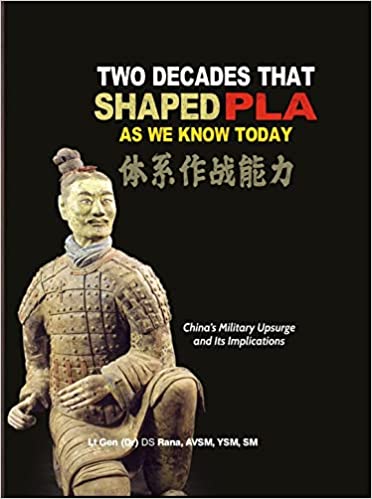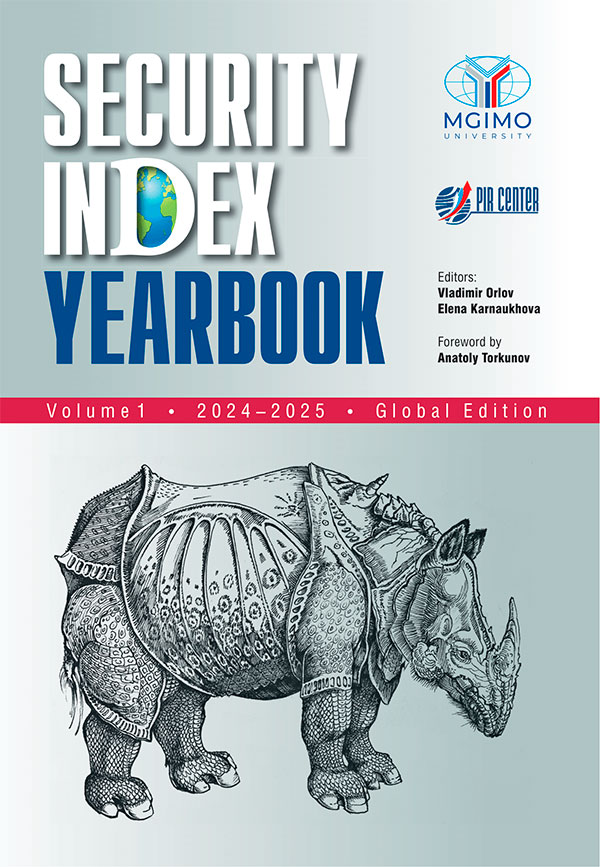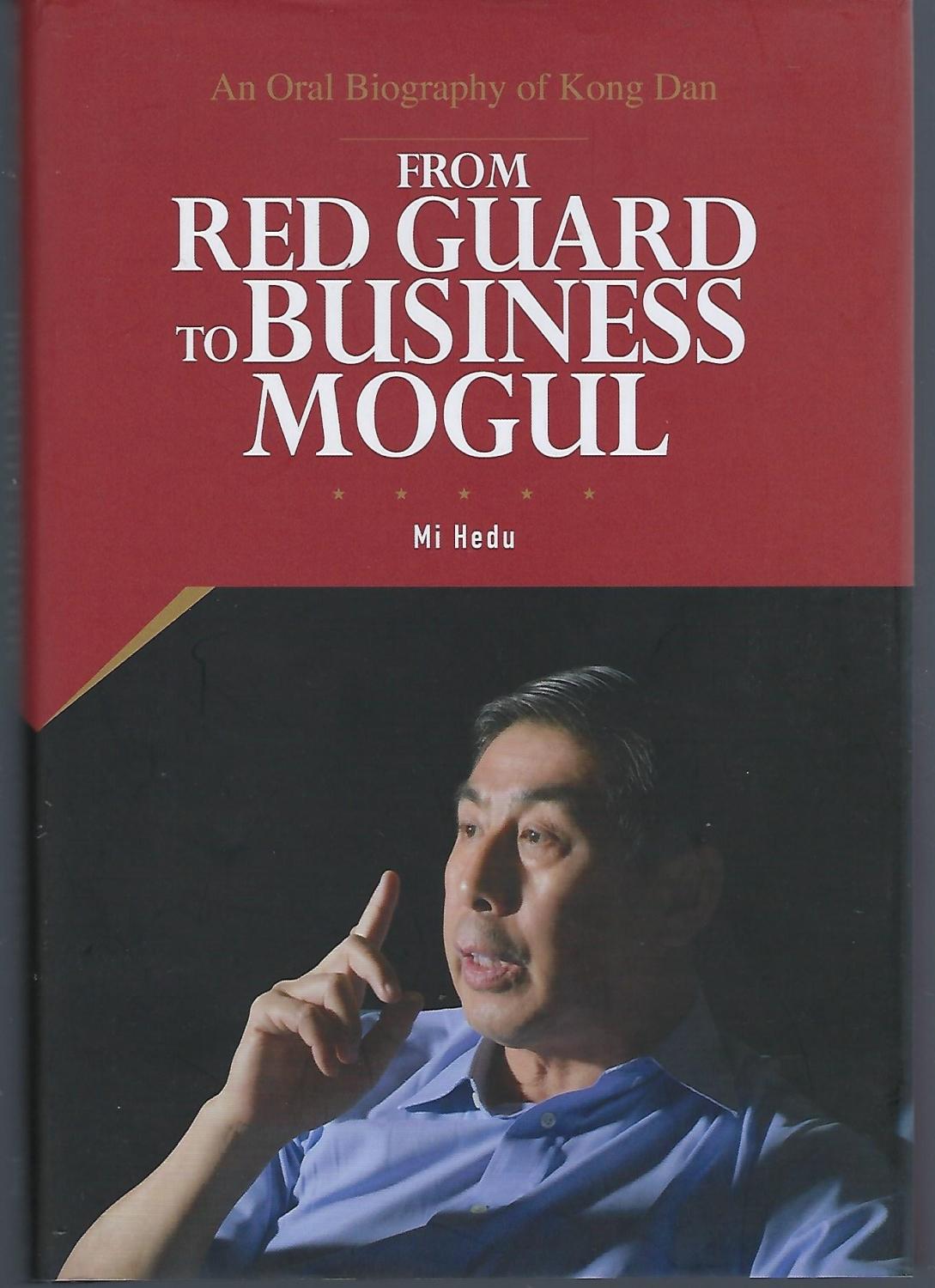Russia should support any initiatives of its friends and neighbours that can strengthen the socioeconomic foundations of their ... ... ways to supplement these preconditions through the constructive efforts of the states located there. These currently include China, Russia, India, and other countries in South Asia, as well as the entire Central Asian region and Afghanistan. Iran is in ...
... belligerent voices are being heard precisely from Europe, as has been the case for centuries, and it is there that preparations for armed conflict are most demonstrative.
This rhetoric and practice are primarily aimed at Europe’s immediate neighbour, Russia, but it also affects China, with which Europe, at first glance, has no objective conflicts. This suggests that the source of our neighbours’ explosive behaviour in the West lies in processes occurring within their societies and government systems, as well as the confusion ...
... states, the UN Security Council, key decision-making body that could adopt legally binding resolutions. Five nations (France, Russia, China, the UK, and US) were granted permanent status and given veto power. The United Nations General Assembly (UNGA), separate ... ... intrigues and power struggles, with never-ending conflicts between monarchies, families, religions, states, and great powers. For thousands of years, wars have been occurring continuously and without interruption. The formation of a unified Europe has changed ...
... those published in the Bulletin of the Atomic Scientists—China possesses roughly six hundred nuclear warheads. Even taking into account its ongoing buildup and the Pentagon’s alarmist projections, which suggest that China could field around one thousand warheads by 2030, this figure still falls well short of the arsenals maintained by the United States and Russia. Claims that China is on the verge of achieving nuclear parity with these powers are therefore exaggerated and will remain so in the short- and medium-term. At the same time, there remains a high degree of uncertainty in estimating China’s nuclear capabilities. ...
... power rules the world anymore – and that may be a good thing
With the deterrent of guaranteed mutual destruction between Russia and the United States still intact, global politics is entering a new phase of
“normality.”
For the first time in ... ... – is less confident than it was twenty years ago.
At the same time, other nations have grown relatively more independent. China has led the way, proving that economic success need not depend on direct control of other states. Its global political initiatives ...
... the US have reacted differently. They reject being treated as clients, especially when it all comes down to money flowing to America.
Hence the surprise in Washington when so many states line up for BRICS+ or SCO+. They are not necessarily embracing Russia or China unconditionally; they are signaling their refusal to live by rules drawn elsewhere.
Russia’s place
Against this backdrop, Russia finds itself not marginalized but central. Western isolation efforts only underscored Moscow’s role as a key pole around which non-Western states can organize. For ...
If Russia cannot be defeated, then it is necessary to negotiate with it, even if such negotiations are unpleasant to someone or seemed ... ... the next transition in international relations, and what trump cards do its key participants hold?
Ivan Timofeev:
Russia and China in the Era of Trade Wars and Sanctions
The Putin-Trump summit drew a line under the reality that emerged after the start ...
The beginning of summer 2025 was not the calmest for Eurasia and Russian policy in this vast region
The beginning of summer 2025 was not the calmest for Eurasia and Russian policy in this vast ... ... that are interested in it in the context of their diplomatic interactions, both with the largest Eurasian states – Russia, China and India, and with smaller powers like Iran, Saudi Arabia or Pakistan. For example, the efforts of Israel and the US behind ...
External political factors may have a growing influence on Russian-Chinese economic relations
Economic relations between Russia and China remain high. Beijing has become Moscow's most important trading partner, and in the context of Western sanctions, it has also become an alternative source of industrial and consumer goods, as well as the largest market for Russian energy and other ...
... found in their inevitable presence, all without allowing external pressure to provoke internal splits within Eurasia.
Even as Russia strengthens its cooperation with partners to the south and east, the enduring economic and technological capacities of ... ... metaphors. But even Western Europe’s famed unity has relied heavily on continued openness to the US and, to a lesser degree, China. Only with respect to Russia and the Global South has the EU pursued genuine exclusion. Even then, the strategy remains ...



